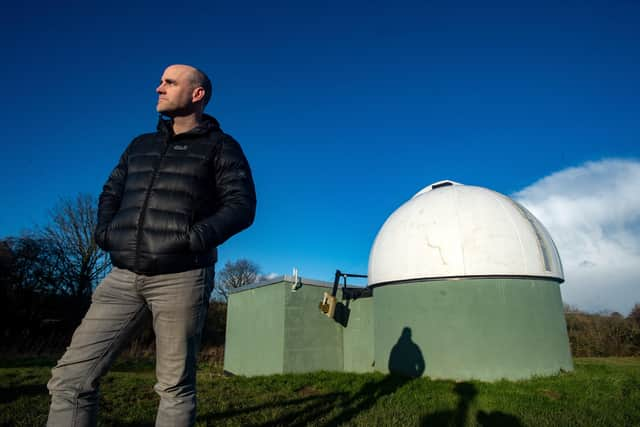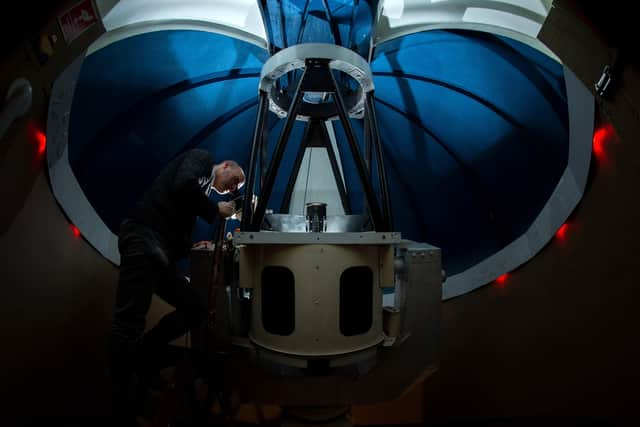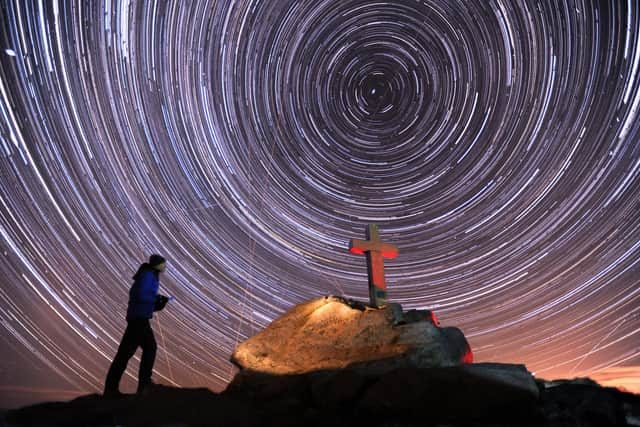The huge telescope in the Yorkshire Dales that everyone is watching right now
But within its modest frame is what was once the world’s largest amateur telescope.
Transported from the Thames estuary to Lime Tree Farm, just outside Grewelthorpe, by volunteers who feared it might otherwise be scrapped, it is said to be one of the best places in the country from which to see the night sky. Today it finds itself at the centre of a campaign for legislation to help preserve the view for future generations.
Advertisement
Hide AdAdvertisement
Hide AdAs Britain’s annual cosmic census of light pollution gets under way, it has become the focus of attempts to give the Dales international recognition for the quality of its night sky.


The area is said to be second only to Northumberland – the only part of England currently designated a “dark skies reservation” – in the quality of its night light.
The status is considered beneficial to human and animal wellbeing and has fuelled a boom in tourism linked to stargazing.
“In Yorkshire, there are some really wonderful dark skies,” said Emma Marrington, who is organising the “star count” census for the Campaign to Protect Rural England, and who remembers being taken to the North York Moors as a child to look skyward.
Advertisement
Hide AdAdvertisement
Hide Ad“A starry night sky is one of the most magical sights the countryside can offer but because of light pollution many people don’t get to experience it.”


A street lamp shining through someone’s bedroom curtains could not only affect their wellbeing but also confuse birds into thinking it was daytime, she added.
The census coincides this year with the drive to recognise the special appeal of the Dales at night and with the annual Dark Skies Festival, which is under way in both Yorkshire’s National Parks. At the Lime Tree observatory, astronomer Martin Whipp said legislation would prevent the obliteration of the stars by careless development.
“Dark Skies status is not about stopping people from putting in new lights – just making sure they point down, not up,” he said.
Advertisement
Hide AdAdvertisement
Hide AdThe telescope could be rehoused in a purpose-built planetarium, given the funding that official recognition might unlock, he suggested. “There’s enormous demand for our observatory but we’re limited in what we can offer the public. A planetarium would mean we can open in the light summer months.”


The telescope, with a 2ft mirror at its centre, was the work of John Wall, an engineer and astronomer who invented a revolutionary focusing mechanism.
Mr Whipp said: “It was a record-breaker in its day but he was worried it would end up in a skip so York Astronomical Society went down to Kent, dismantled it and brought it to Yorkshire, where the sky is a lot clearer than down there.”